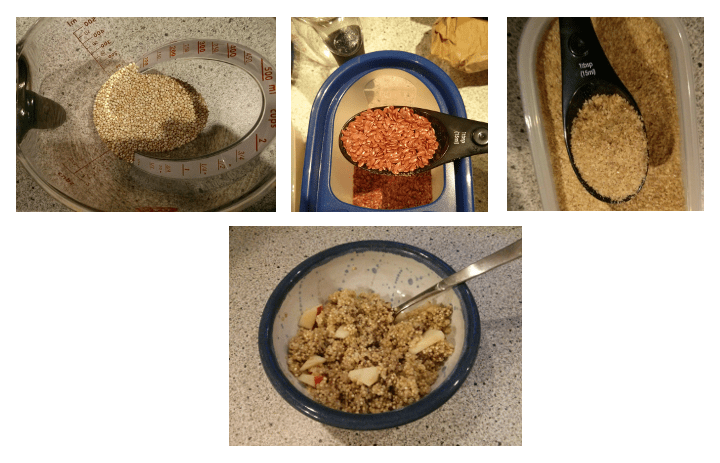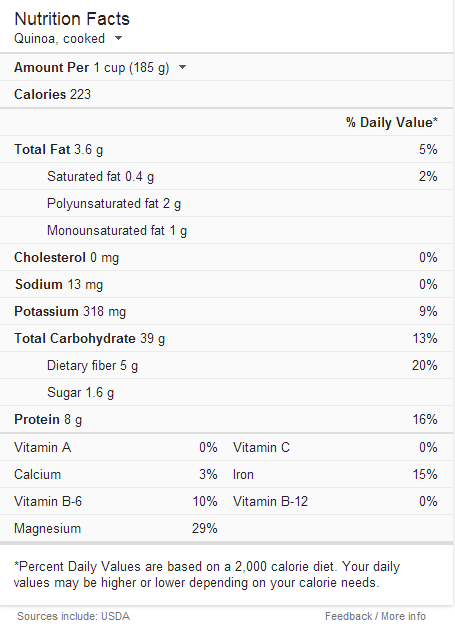Breakfast for Champions - or a Long Run

LCHwhat?
If you recall, my initial reason to get back onto the bike was (drumroll) weight-loss, like for so many others. Since then, my focus shifted from losing weight to performing well in races. For both goals, nutrition is obviously key (you simply cannot out-train a bad diet, and you cannot perform well with a bad diet, either).Through various channels, I came to try the Low-Carb-High-Fat (hence: LCHF) diet. I am not religious about it, and there is no one true LCHF (I lean mostly towards a Paleo lifestyle), but it works for me and I feel good about/with it.In essence, I don’t eat processed food (no energy gels, thankyouverymuch), grains (therefore no pasta, oatmeal, etc.), but do eat a lot of eggs, meat, fruit, and vegetables. These days, my body essentially runs on fat and proteins with a very minimal amount of carbohydrates.My usual breakfast consists of scrambled eggs with various additions and fresh fruit. This gets me going well until lunchtime unless I have planned a major sports activity before noon – such as a long run or a morning race. I’ve noticed that for anything up to an hour I’m good to go without additional food, but I’m likely to get hungry for any activity longer or later than that.
Pimp my Breakfast

Here is my tried and true addition for the extra bit of fuel. As I was searching for an oatmeal/porridge replacement I came across Quinoa. It’s a grain-like crop but does not belong to the family of grains. It’s not exactly low-carb, either, but for what it’s worth I’ll burn those calories quite easily, and Quinoa adds a ton (not the literal one) of protein. Granted, initially, the taste might not appeal to you, but there are ways to make it taste good (or you’ll get used to it).The Nutrition Facts to the right were pulled from Google, but please note that I’m neither a registered dietitian nor a health-care professional, so please do your own research!Here’s what I need to prepare Quinoa for my breakfast:
- ¼ cup of uncooked Quinoa
- ¼ cup of water
- ¼ cup of milk
- ½ apple, diced
- cinnamon, cardamom, vanilla and/or other spices to taste
- optional: 1 tbsp flax seeds
- optional: 1 tbsp flax meal
In a small pot, add Quinoa and water and bring it to boil. Turn the heat on low and let it simmer for about 7-10 minutes (careful: check that not all of the water evaporates, otherwise you’ll burn your meal). Now add spices and milk, stir well and let it cook for another 5 minutes on medium heat. The meal is ready when it’s not visibly liquid anymore. It should now have a porridge-like texture. If it’s still too moist just let it sit for a couple of minutes. Put the diced apple in a bowl and add the (still warm) Quinoa meal.You can further enhance the taste/texture as well as the nutritional value by adding flax seeds and/or flax meal before adding the milk, depending on your preference for the texture (if you add both flax seeds and -meal it tends to end up a bit on the slimy side, you have been warned!). If you add both, you’ll get another ~7g of fat, ~5g of carbohydrates and 3.5g of proteins.Total prep-time: less than 15 minutes.

Reasons to like it
- It’s quick and easy to prepare. I have prepared this at 6 am in the morning on a camping stove.
- It brings a lot of (good) calories for a small amount of food. Therefore:
- It’s easily digestible and (at least for me) stomach friendly.
- It helps with my hydration because it stores quite a bit of water.
Reasons to dislike it
- The taste: Try different spices or different fruit additions!
- The texture: This one is tricky, but play around with cooking times and/or the mix of ingredients, especially with the flax.
- Not low-carb enough: Well then, Quinoa might not be for you.
I have successfully completed two half-marathons and a bunch of Sunday long-runs with not much else in the stomach and have never bonked. Works for me!
